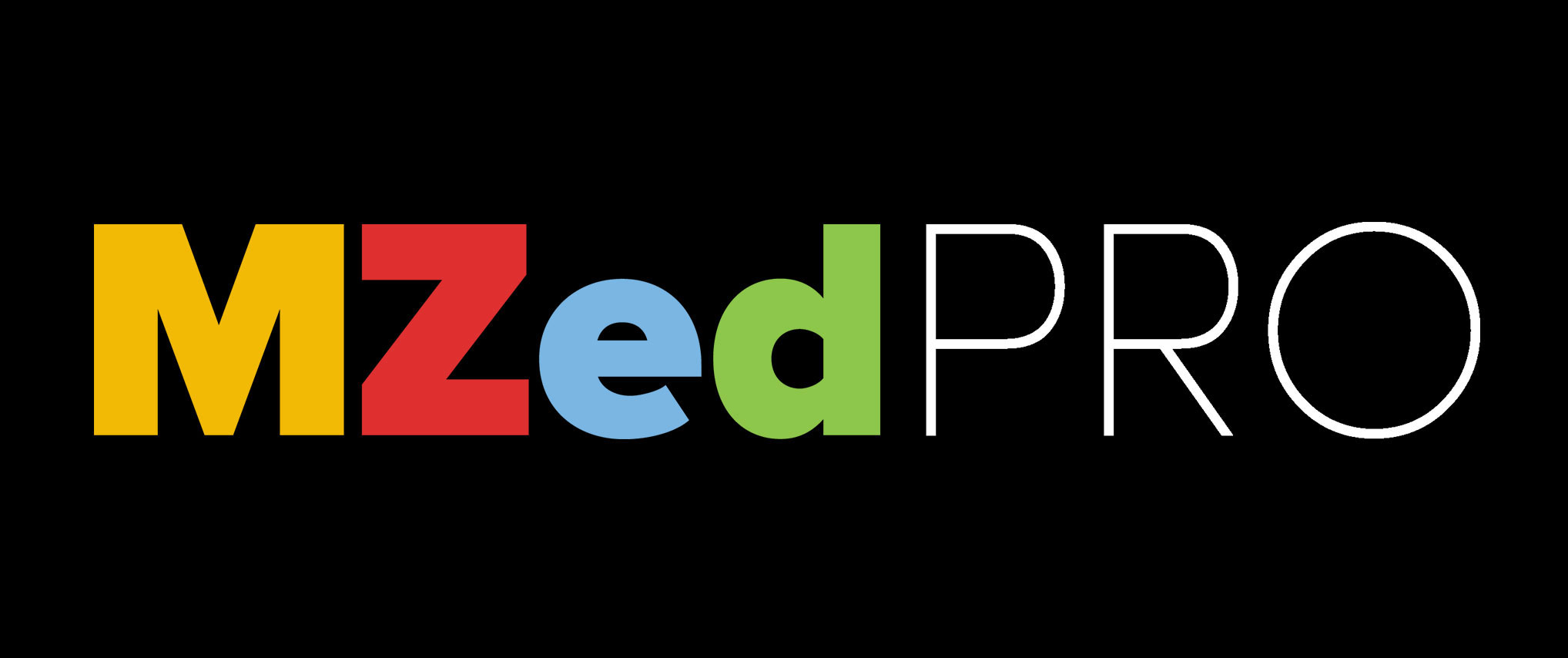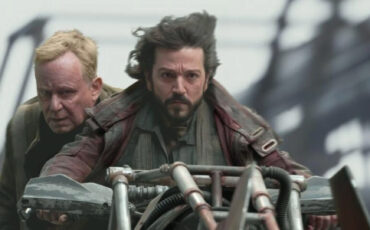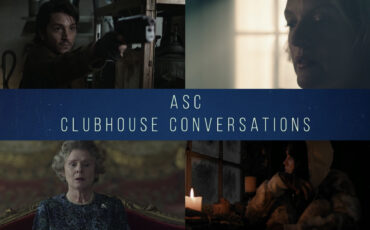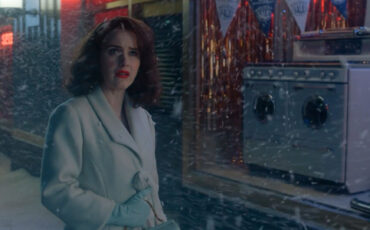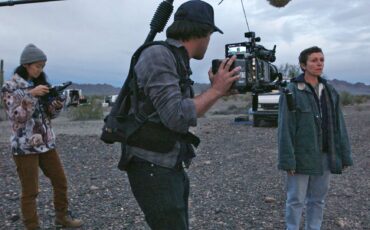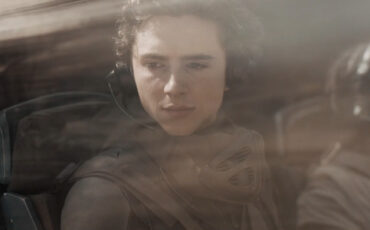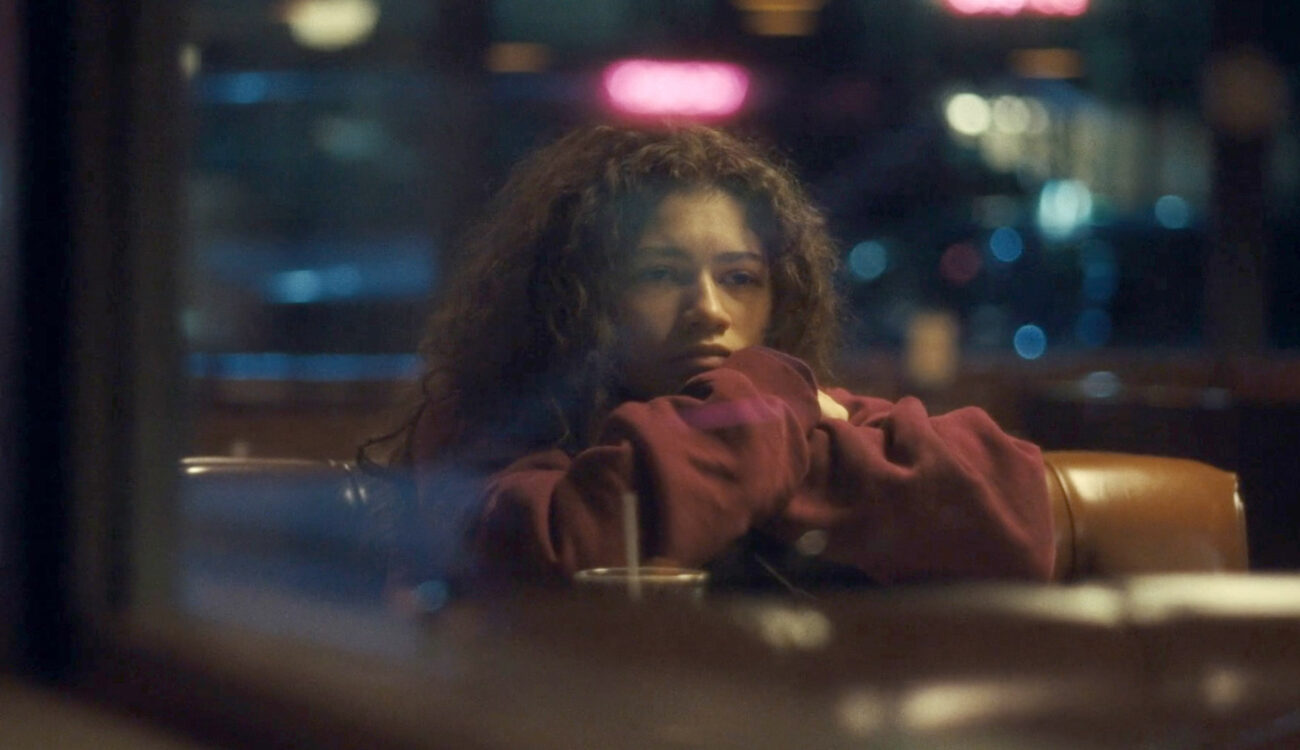
As the industry stands still due to the combined writer’s and actor’s strikes, we take the time to reflect on some iconic shows from recent years. HBO Max’s series “Euphoria” definitely belongs on this list. Not only because of the tough and sometimes risky topics it bravely addresses, but also due to its unique visual style. In several ASC clubhouse conversations on MZed.com, the director of photography Marcell Rév breaks down some of the scenes, walks us through signature mirror transitions, and explains how and why the cinematography of Euphoria changed from Season 1 to Season 2. This article serves as a sneak peek to his insights.
In case you want to learn more from the cinematographer himself, you can watch the entire ASC clubhouse conversations with Marcell Rév free of charge after signing up for a free account on MZed. In the HBO Roundtable held by Jim Hemphill, he breaks down 2 special episodes of the show. The second includes Marcell Rév’s behind-the-scenes stories from the latest season of “Euphoria”, alongside his conversations with other HBO 2022 Emmy nominees, like Adam Bricker, Michael Prickett, and others.
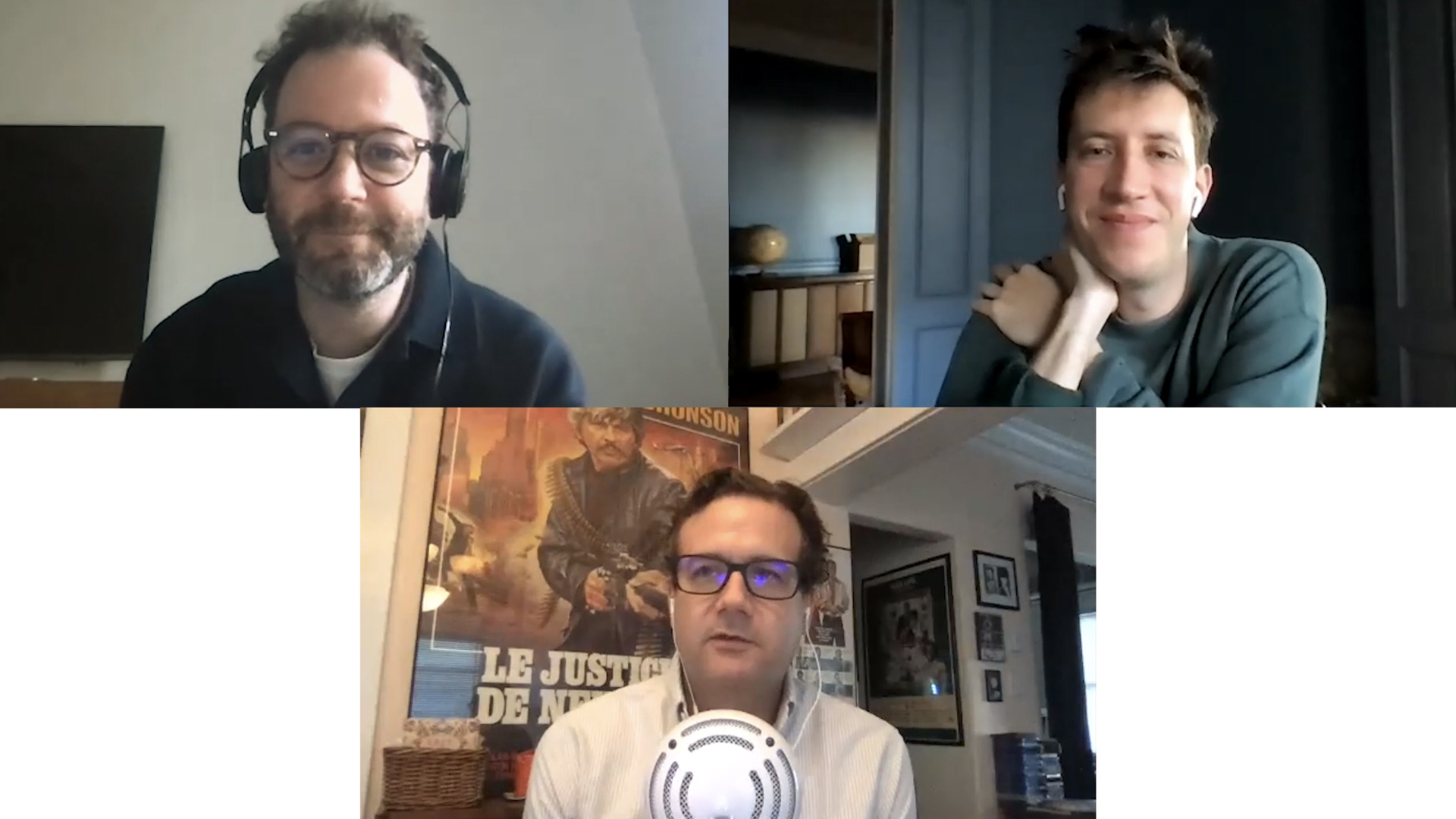
A quick overview of the series
Following a group of high school students navigating love, friendships, and social media, “Euphoria” addresses a bunch of tough and bold topics, like sex, violence, and, of course, drugs. If you’ve never seen this series before, you might think “It’s just another coming-of-age drama”, but you would be wrong. “Euphoria” possesses such a special visual style, remarkable rhythm, and unforgettable cinematography that it definitely stands out. No wonder the creators already received 25 Emmy nominations (and won 9 of them).
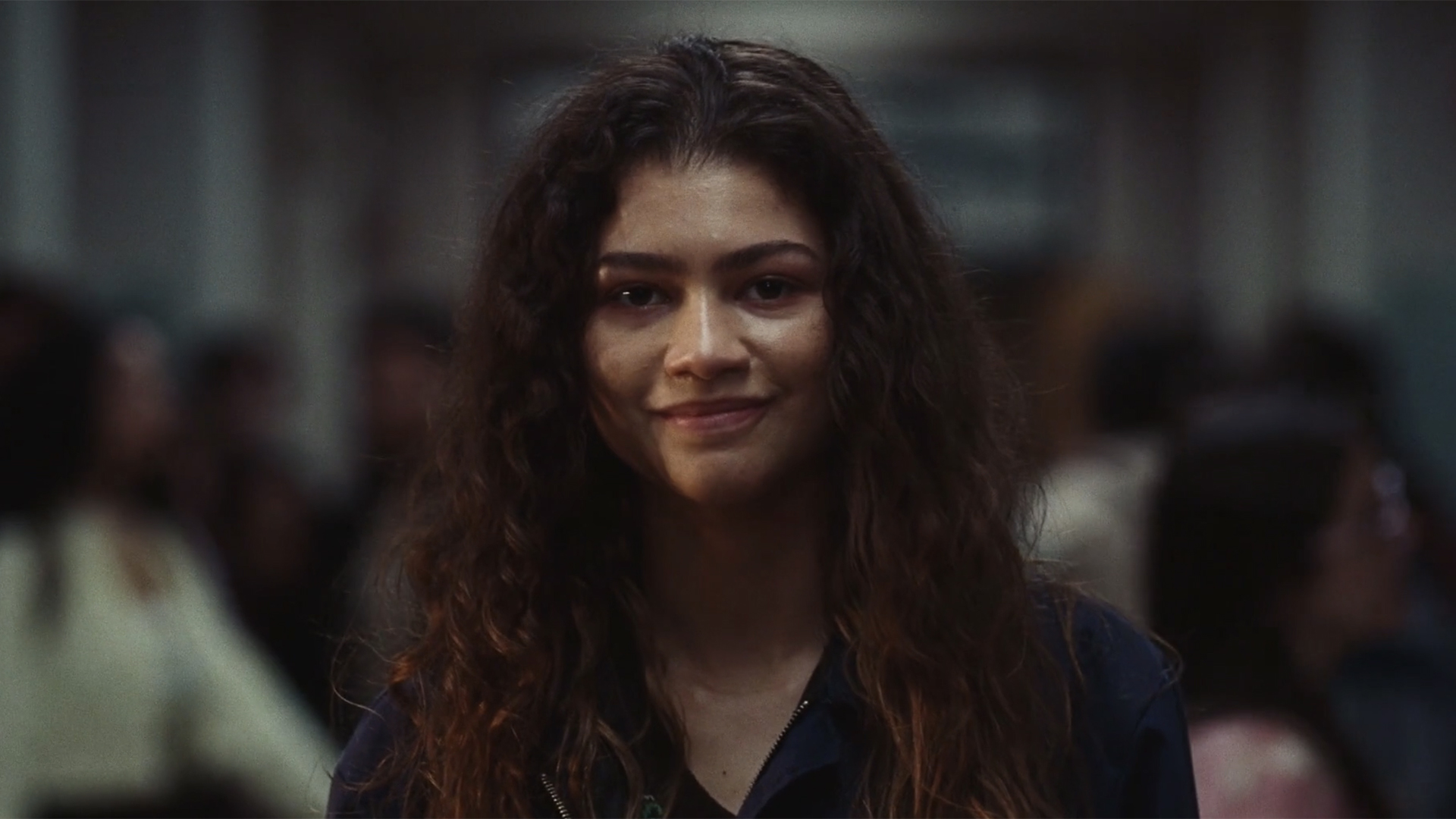
The central character of this TV show is Rue (beautifully performed by Zendaya), a troubled, drug-addicted teenager, who struggles both to stay clean and to find her place in the world. Although the narration comes from her perspective, we also get to know other figures from her world along with their personal backstories, love affairs, and failures.
Yet, in my opinion, the most impressive part of this show isn’t the actual plot but how it is told. This is where camera work comes into play. So, even if you’re not a fan of teen dramas, I’d still recommend checking out “Euphoria”, if only for aesthetic reasons.
Season 1, Specials, and Season 2
“Euphoria” is also one of those projects that had a brilliant start and then went silent for a couple of years due to COVID-19. A three-year gap separated the release of Season 1 and Season 2, with the latter arriving in the winter of 2022. Needless to say, the creators had enough time to think about the series’ further development. They also managed to squeeze in the filming of two special episodes.
As Marcell Rév remembers, both Specials were the products of the pandemic. The crew was fully prepared to commence filming the second season when March 2020 arrived, leading to a temporary shutdown of the project. They needed to put this accumulated energy somewhere, and that’s how “Trouble Don’t Last Always“ happened. This episode included only one main location (a diner), and two characters (Rue and Ali), plus an intense dialog scene. It was, in general, a very restrained setup for “Euphoria”, which gave the filmmakers the possibility to delve deeper and explore a direction for the show that they had never tried. Longer shots, less fancy transitions, reduced camera movement, and the importance of choosing a very particular angle and lens for a closeup – it all became an important part of the discussion.
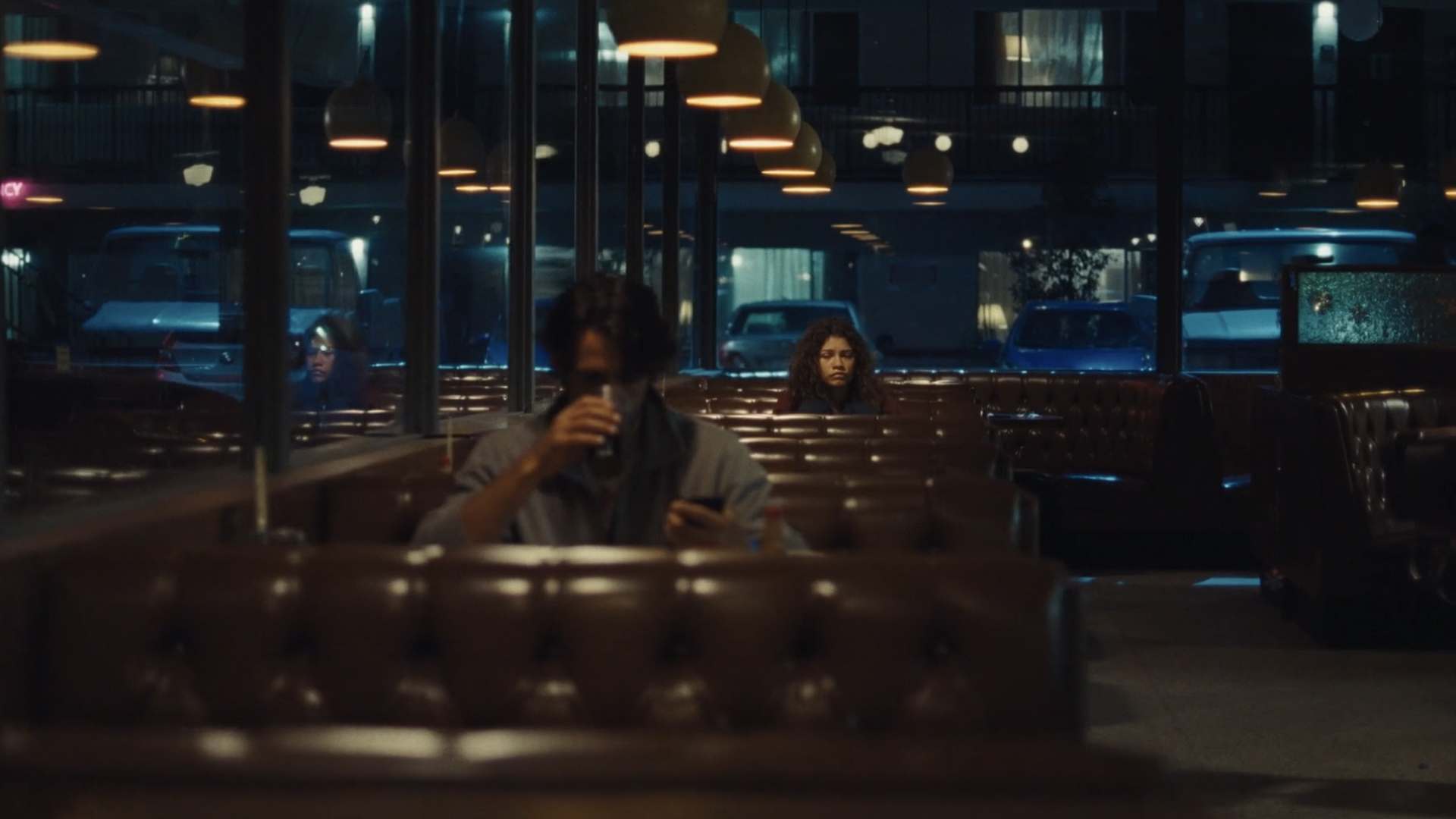
Furthermore, both specials were shot on film – something creators couldn’t do in the first season. This bold choice, combined with increased confidence in pacing and stylistically simpler scenes, offered them a sneak peek at how the show might evolve in season 2. Limitations can become a creativity boost, that’s for sure.
As the writer, director, and showrunner Sam Levinson explains, despite how popular the look of “Euphoria” was, they didn’t want to go back and do the same thing.
If Season 1 was the house party at 2am, Season 2 should feel like 5am, way past the point where everyone should have gone home.
Sam Levinson, a quote from the HBO behind-the-scenes video
Camera movement as the glue for the Euphoria’s cinematography
So, the look changed (and we will speak about the choice of film stocks below), but what remained was an affinity for the camera movement. Indeed, it can be called the glue that brought together all the pieces and storylines. The motion, pacing, and rhythm of “Euphoria” have so much energy that they grab your attention and don’t let go.
In Marcell Rév’s retrospective, they had a different approach only during the filming of the first Special. There, the camera was rather stationary, if you compare it to the constant movement in previous episodes. Yet, when it starts moving after 40 minutes, this moment gains a much more significant importance in the story. First, we get a 180-degree follow shot of the car out of the window, and then an endless subtle pull-in on Rue’s face in the car. How does it feel? Intense, dramatic, and also – yes, significant.
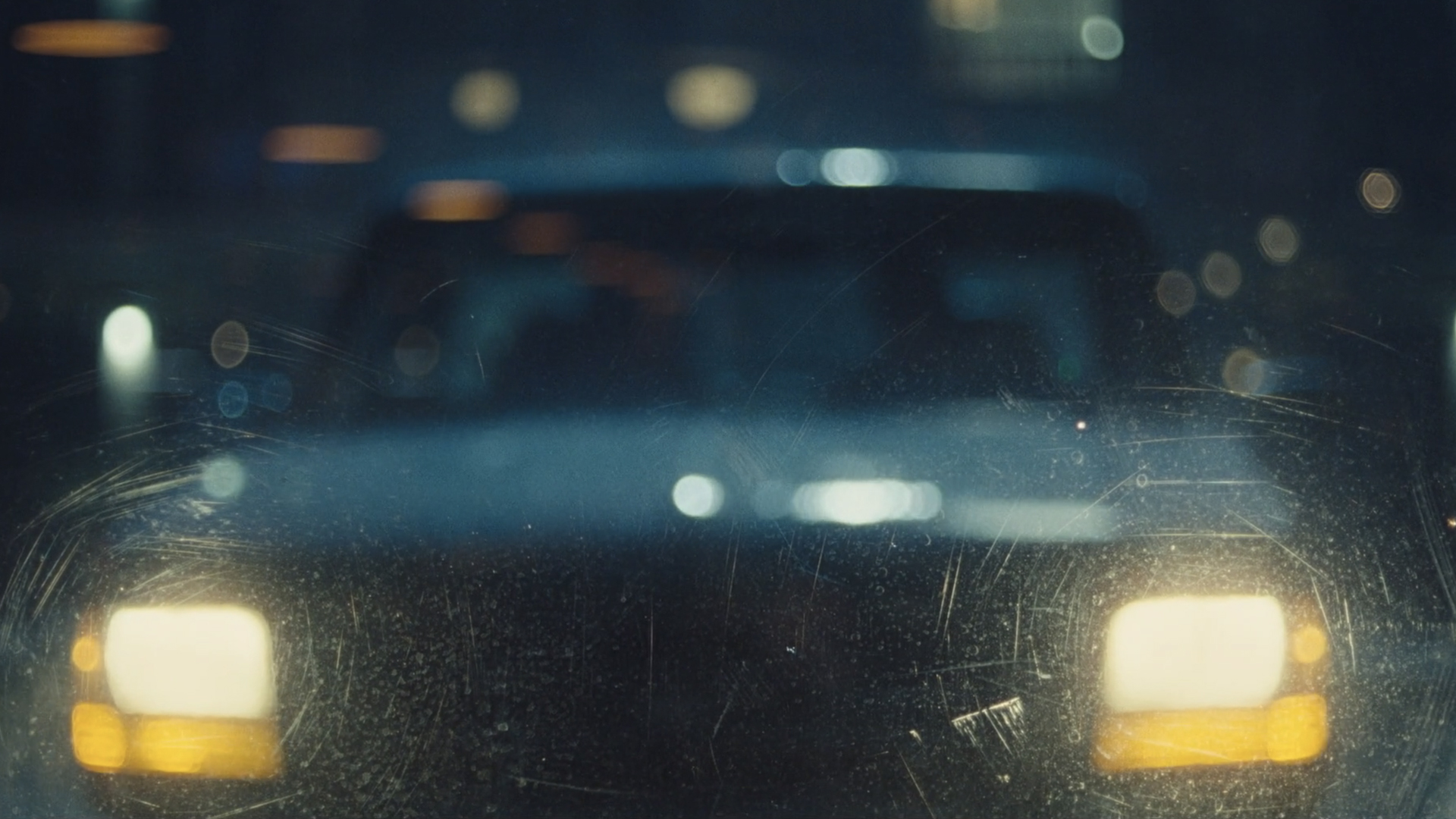
Film still from “Euphoria”. Images source: HBO Max 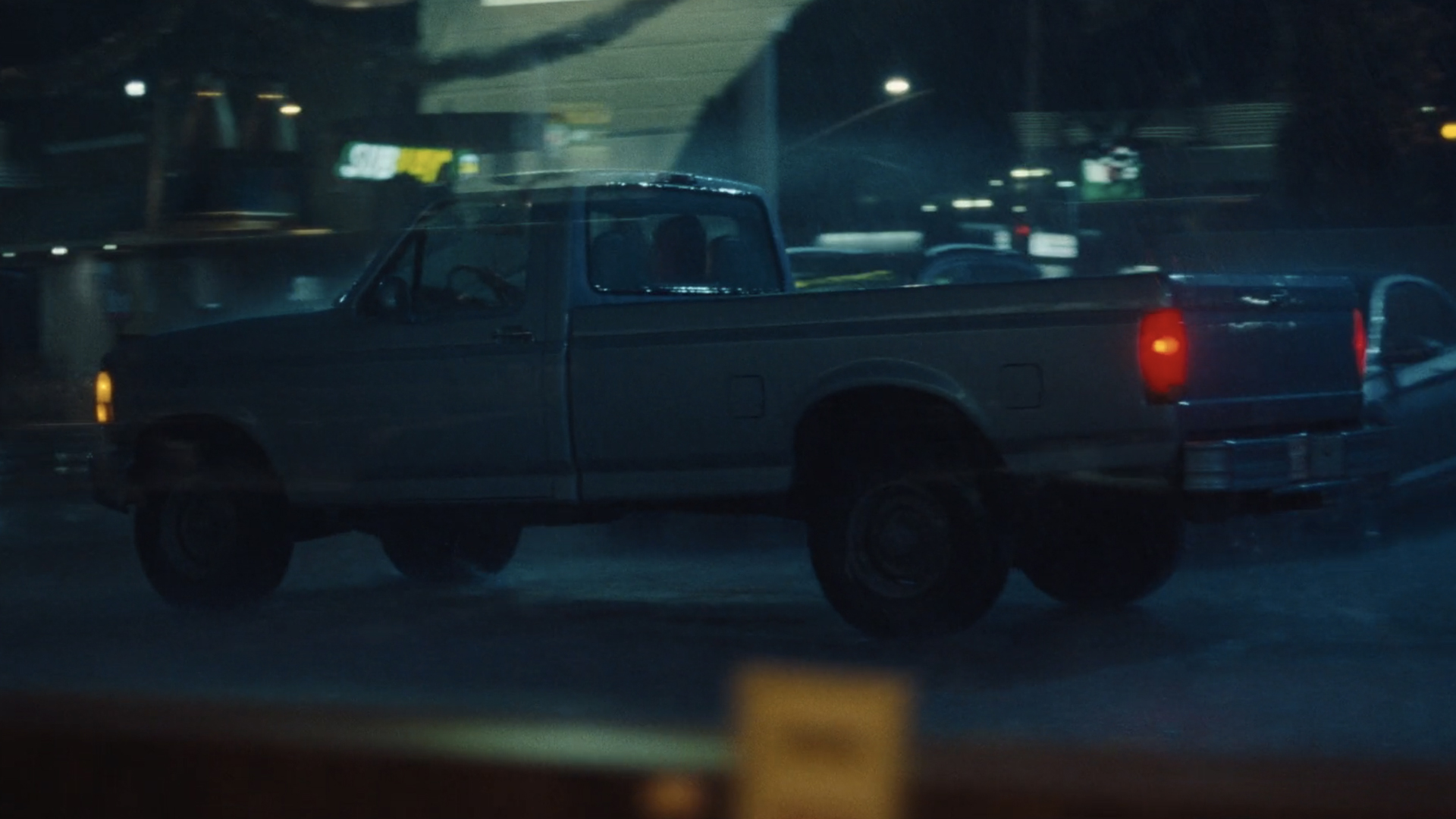
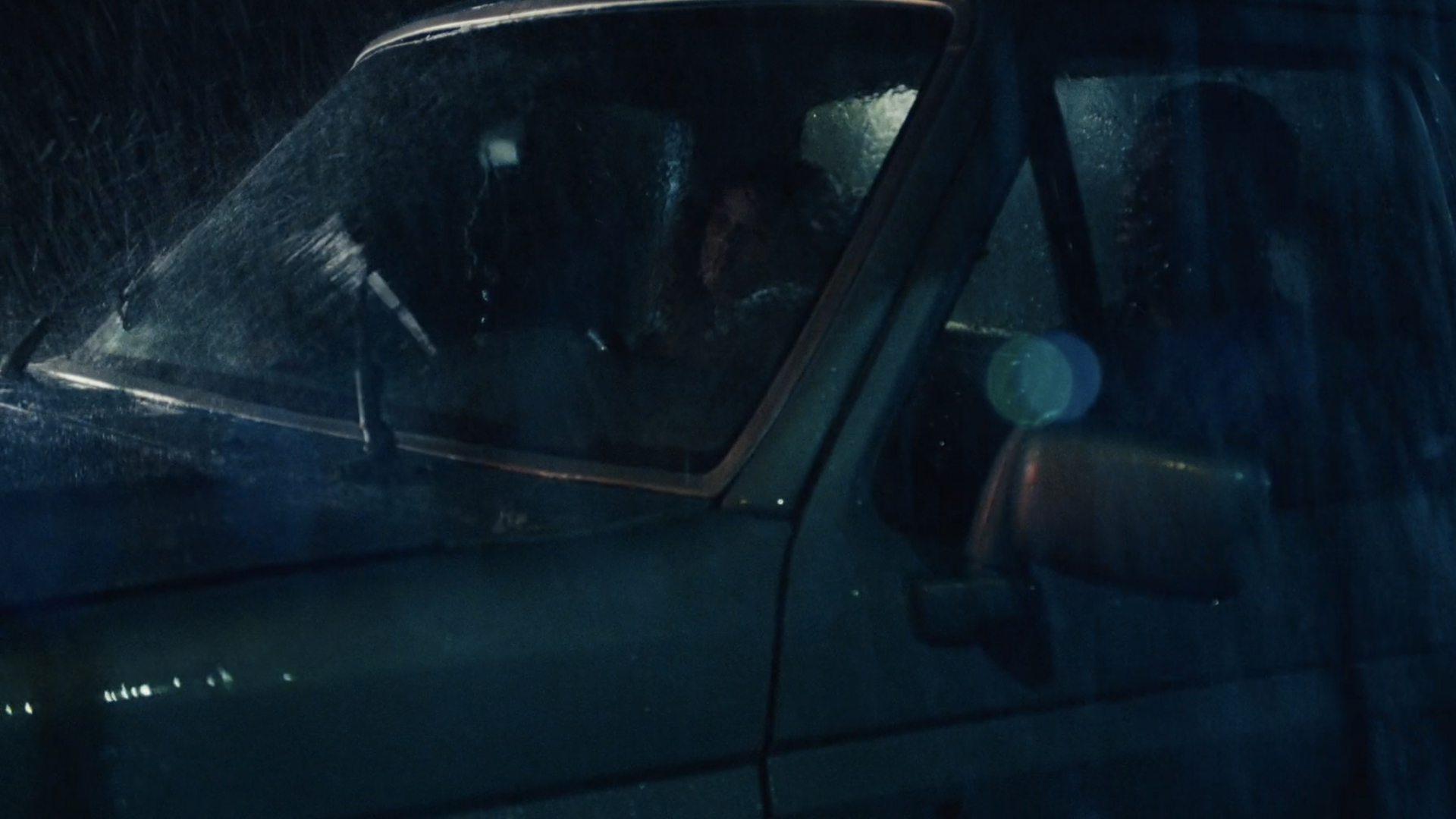
The start of the pull-in 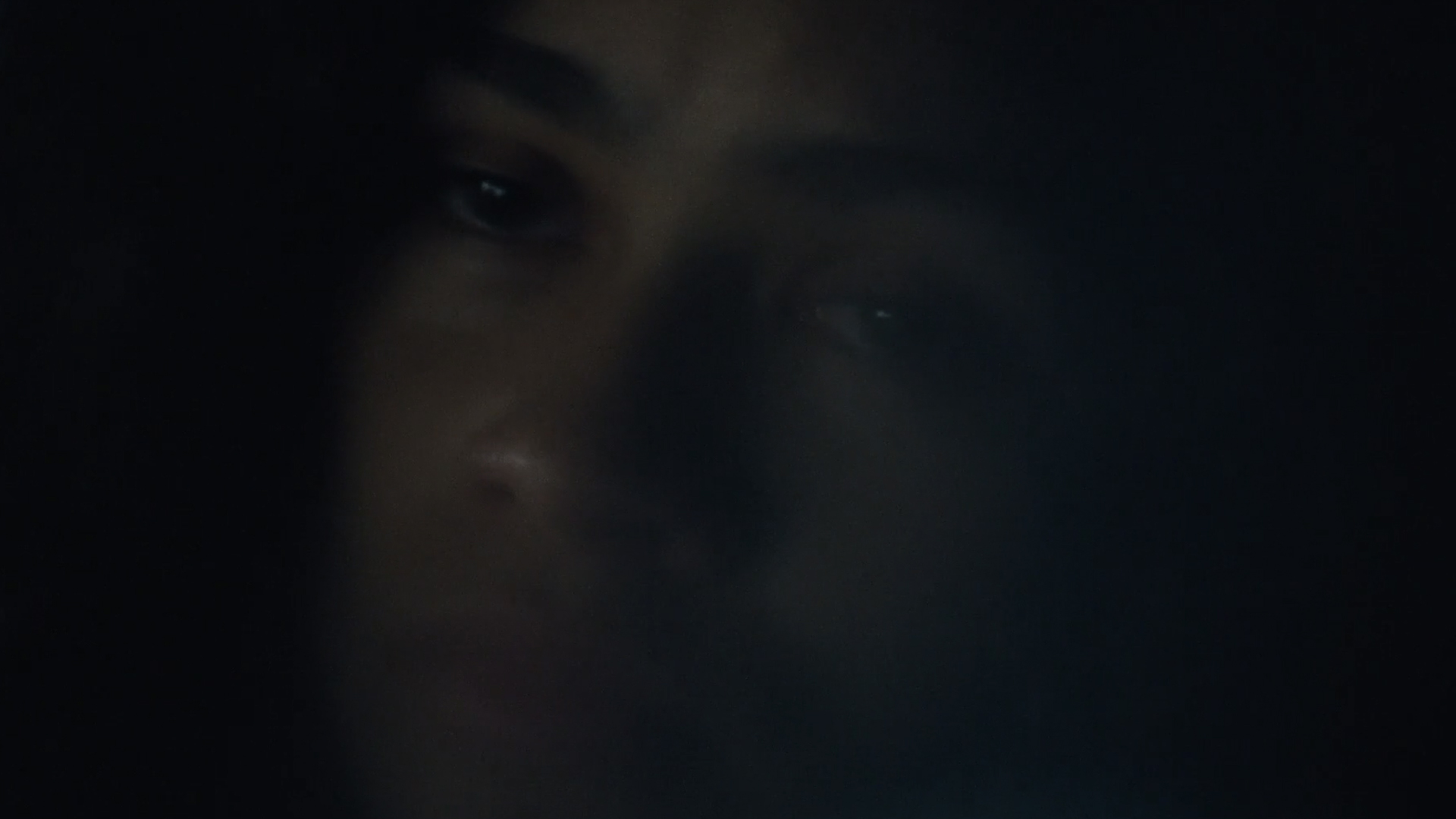
The end of the pull-in
Although visual movement is a defining aspect of “Euphoria’s” cinematography, there are no rules or dogmas governing it. Marcell Rév says anything can become an impulse and motivation for moving the camera: line of dialog, action, a connecting transition between locations. In “Euphoria”, they try to choose the best tool for the scene without following established general guidelines. That’s why no decisions are permanent.
How much is planned and how much is improvised?
The correct answer would be – it depends. Marcell Rév thinks that it’s really important to formulate a very precise plan in advance, but then also to have the flexibility to change everything on set. They did it nearly every time during the filming of “Euphoria.” Like most cinematographers, he can draw inspiration from an actor’s performance, a particular location, or simply support a new idea suggested by the director. This is why he enjoys working on stage; they have the flexibility to alter the plan and revisit specific scenes later on.
Yet, it doesn’t always work like this. For example, Marcell recommends putting aside your ego when the crew has already set up the lighting for a night scene in one direction, but you suddenly decide to shoot in another direction. Apart from that, there are complicated shots that need a lot of preparation, rehearsal, and production design in advance. Here is an overhead diagram as an example:
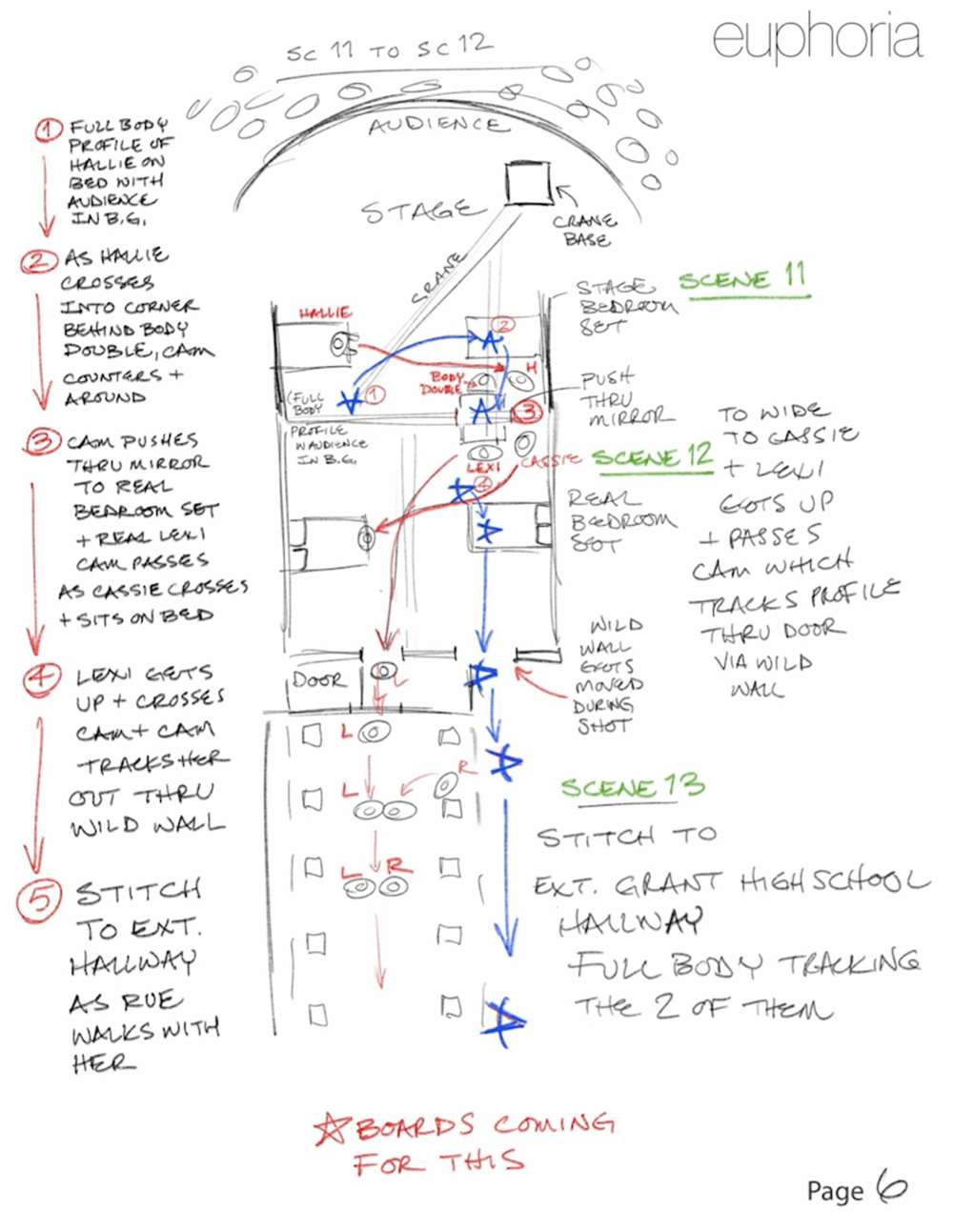
This is a long take that drives us through a particular scene in episode 7 – the second season of “Euphoria” (we will discuss it in a second). This scheme is only the first idea, by the way, as it got altered and expanded in the preproduction process. Usually, there would be a storyboard next to it. That’s how the filmmakers of the series construct each and every difficult transition, choreographed oner, or complicated shot. Could you improvise something on a scale like this on the day of the shoot? I’m not sure.
Astonishing mirror transitions as one of the signature moves in the cinematography of Euphoria
In the scene above, Lexi and Cassie talk in the bedroom. Then the camera goes through a mirror and the viewers suddenly find themselves on a theatre stage. In the film stills below, we tried to replicate this movement.
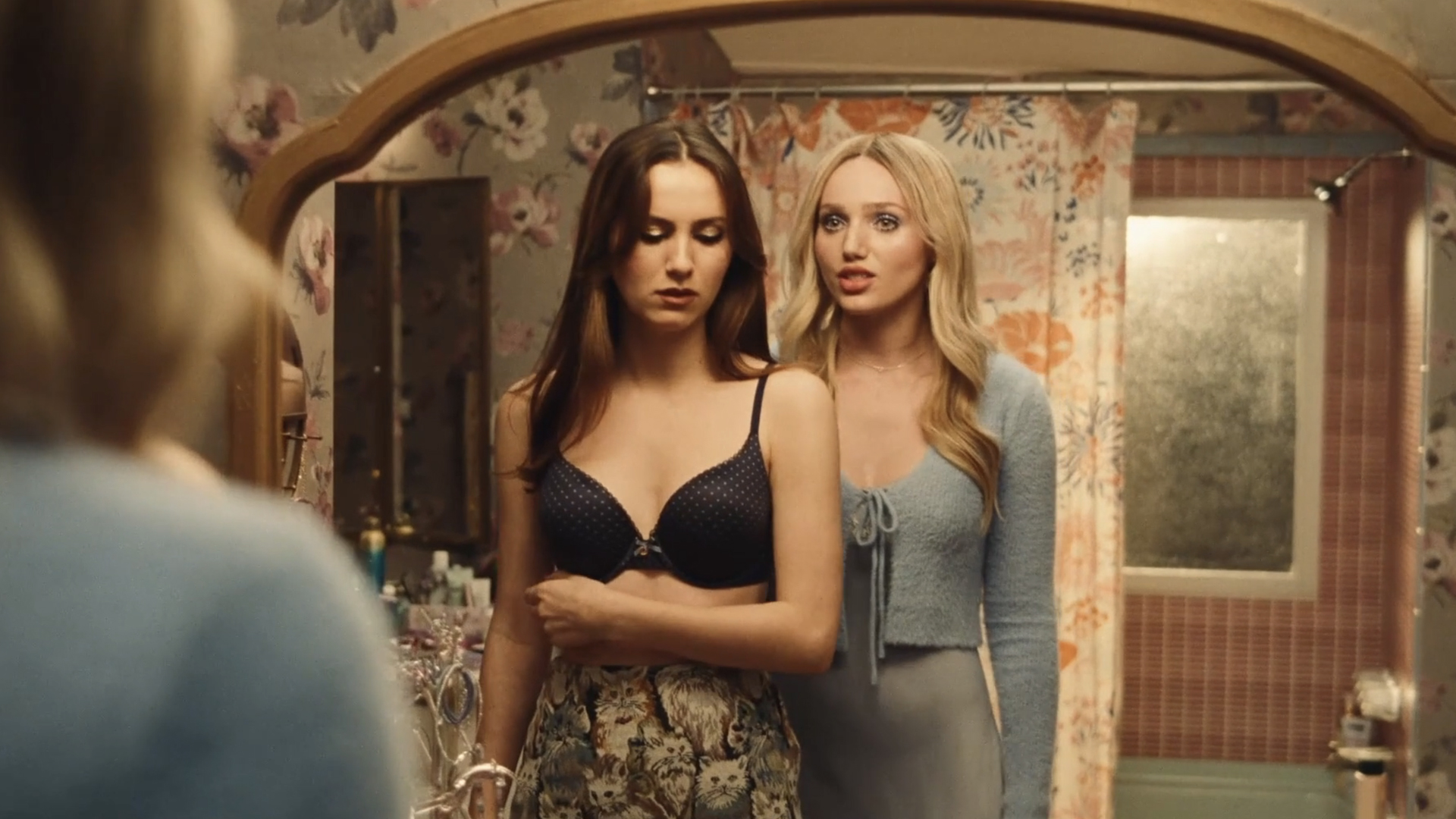
Film stills from “Euphoria”. Images source: HBO Max 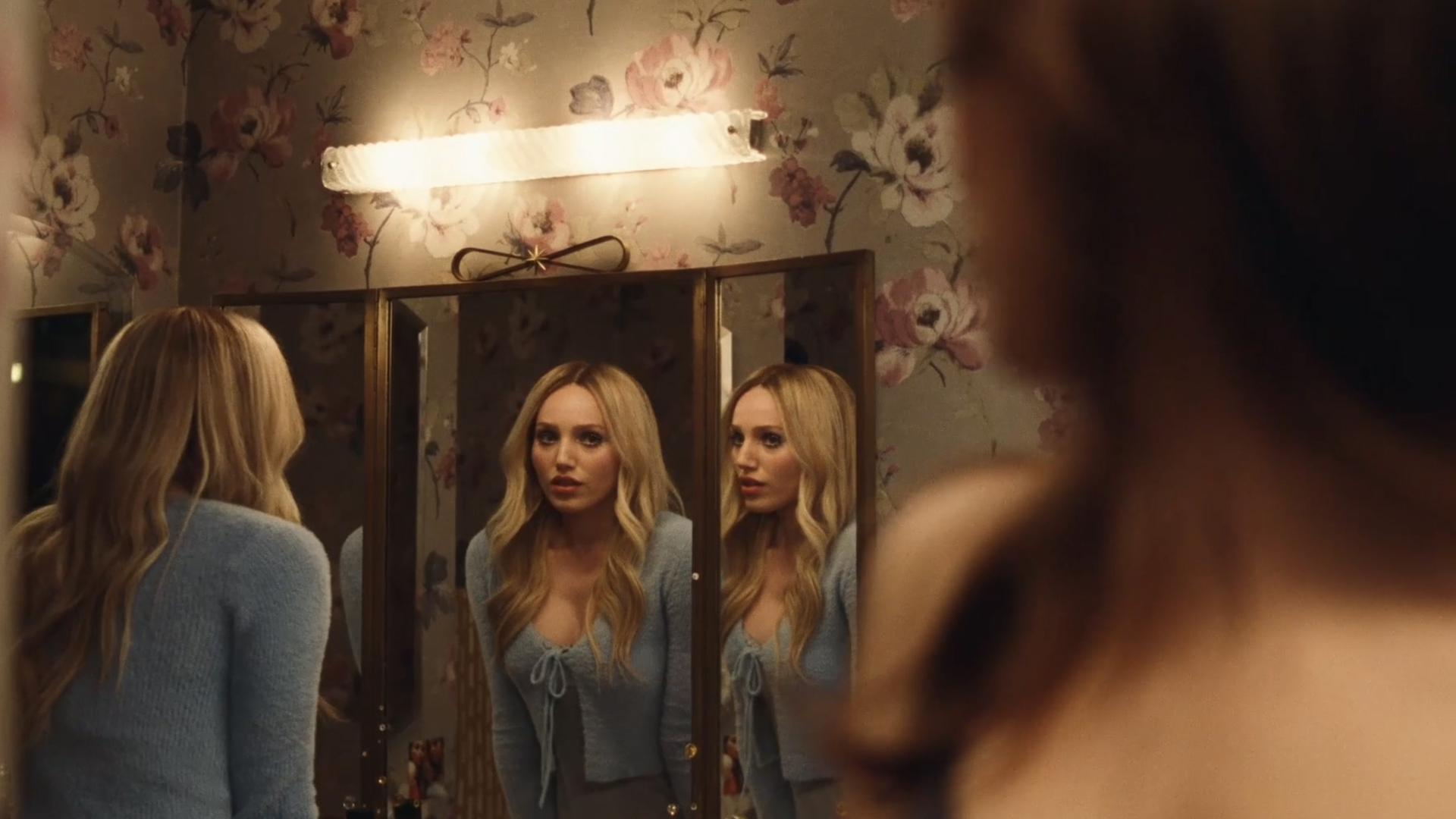
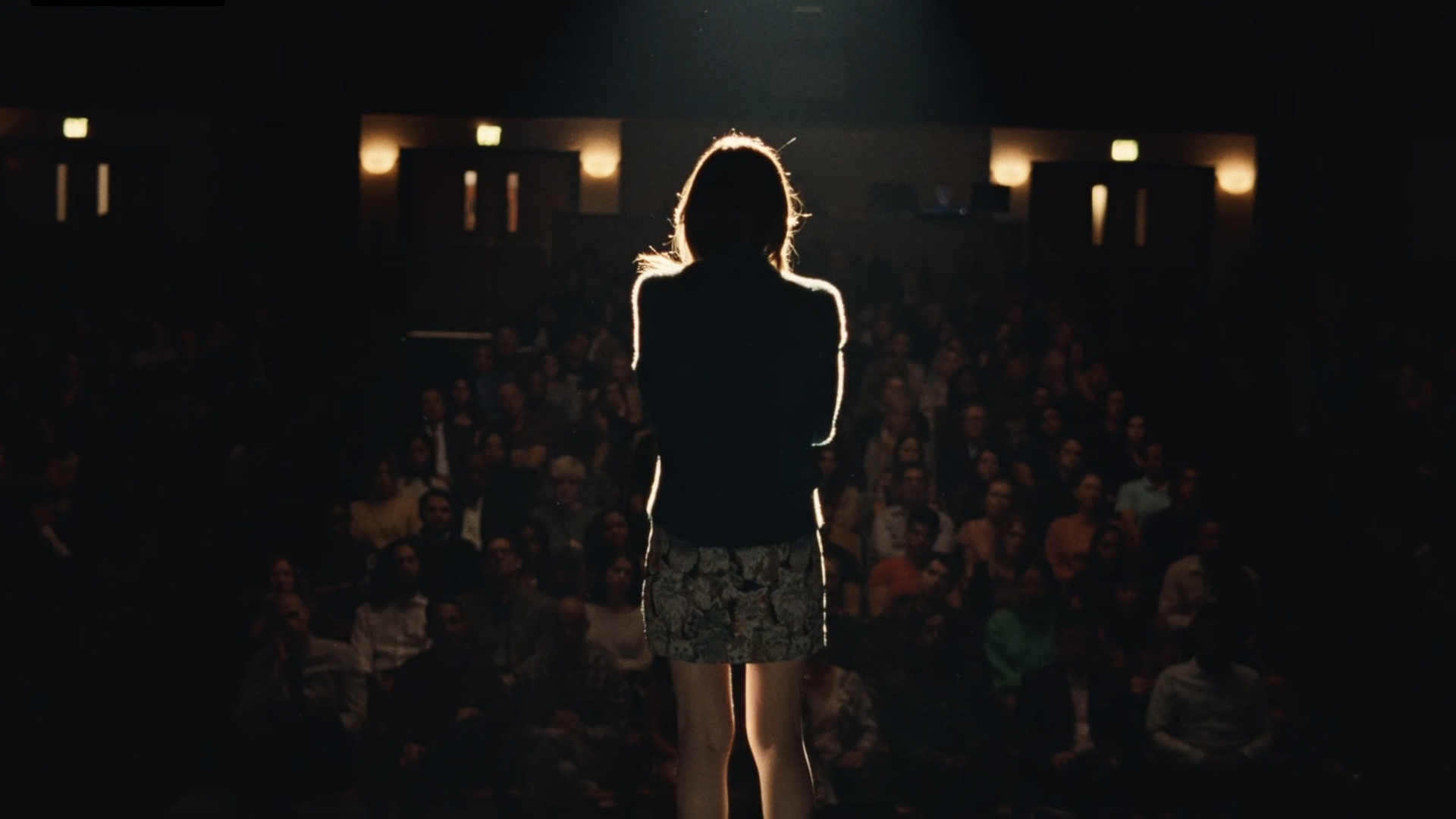
Going through a mirror and appearing in another place or scene is definitely a signature move of “Euphoria”: the series has dozens of these. It’s also a remarkable visual element of the show that has you racking your brain: how on Earth did they do it?
Marcell Rév unlocks the secret. First, in most cases, those are not real mirrors but simple windows. Secondly, filmmakers have to design such complicated long shots and complete interiors around them in advance. Apart from that, a lot of testing and rehearsal is required. Sometimes, after tests, they would have to go and change the size of the “mirror” or the length of the wall. Mostly, preparation helps to align the moves of actors and their doubles and block the camera in sync with the performance.
Deciding on 35mm and film stocks
Whereas such style elements as camera movement stayed consistent throughout the show, one thing changed significantly. The second season is shot entirely on 35mm film. The creators of “Euphoria” even brought back Kodak’s Ektachrome film stock because they really loved the look of it. Cross-processed and combined with Vision3 500T in some scenes, it gave them the possibility to push the colors and the contrast in an interesting way.
If you want to know more about the technical decisions for the cinematography of “Euphoria”, head over to the ASC clubhouse conversations and watch the latest ones for free with a free MZed account. They will also offer you other insights from renowned cinematographers while we all wait for the strike to resolve and “Euphoria’s” Season 3 to air (planned in 2025).
What else do you get with MZed Pro?
As an MZed Pro Member, you also have access to over 460 hours of filmmaking education, including ALL the 130 episodes of The ASC Clubhouse Conversations (not just the latest few which are free). Plus, we’re constantly adding more courses (several in production right now).
For just $30/month (billed annually at $349), here’s what you’ll get:
- 50+ courses, 800 high-quality lessons spanning over 460 hours of learning.
- Highly produced courses from educators who have decades of experience and awards, including a Pulitzer Prize and an Academy Award.
- Unlimited access to stream all the content during the 12 months.
- Offline download and viewing with the MZed iOS app.
- Discounts to ARRI Academy online courses, exclusively on MZed.
- The majority of our courses provide an industry-recognized certificate upon completion.
- Purchasing the courses outright would cost over $8,500.
- Course topics include cinematography, directing, lighting, cameras, and lenses, producing, indie filmmaking, writing, editing, color grading, audio, and even how to launch a YouTube channel.
- 7-day money-back guarantee if you decide it’s not for you.
Full disclosure: MZed is owned by CineD
Join MZed Pro now and start watching today!
Have you watched Euphoria? How did you find its visual style? What do you like most in the cinematography of Euphoria? Are there any other scenes you wish to be broken down by their creators? Let us know in the comments below!
Feature image source: a film still from “Euphoria“, courtesy of HBO Max.
